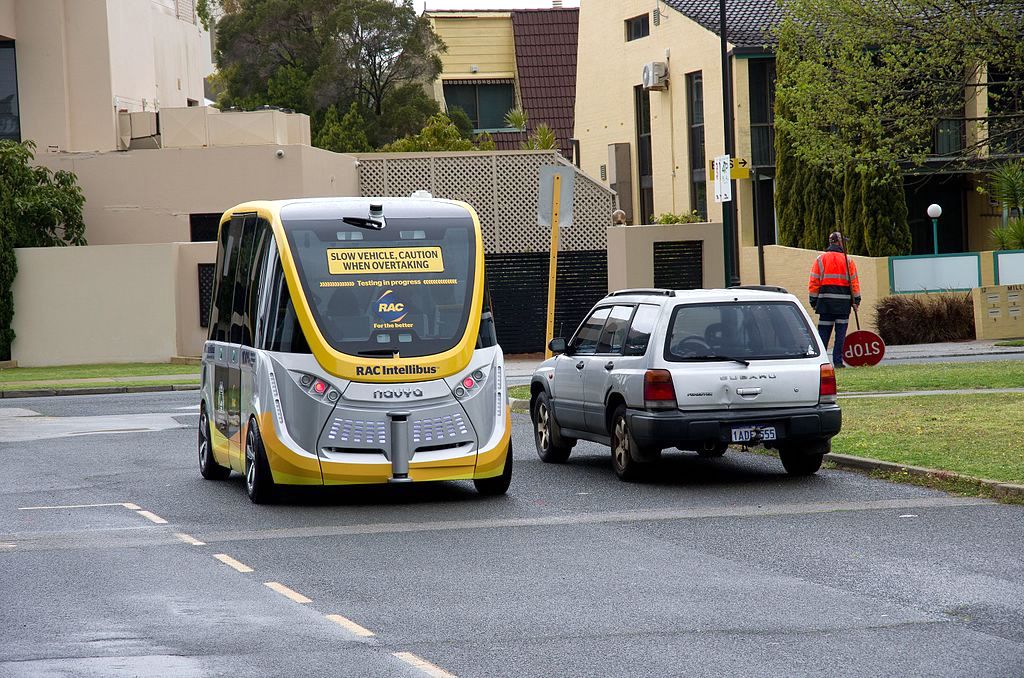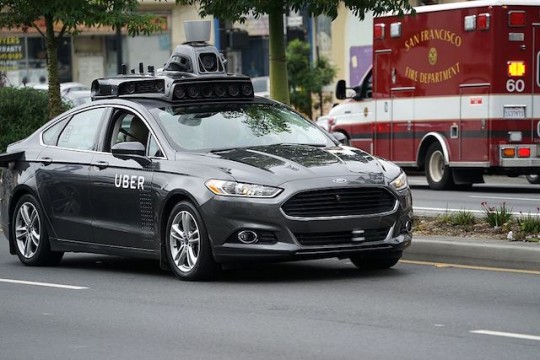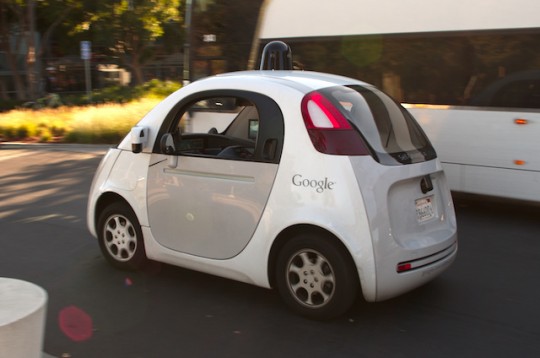You don’t even hear your Uber as it pulls up outside your house due to its electric engine. As you get in the car you notice the company has done away with supervising drivers and the car is entirely autonomous. Would you get in? Would you trust the car to get you to your destination safely?
You might find yourself asking these questions in the not too distant future according to organisations such as think tank RethinkX which predicts that by 2030 approximately 95 per cent of passenger miles in the USA will be travelled in on-demand, autonomous, electric vehicles.
“Similar to the advent of mobile phone technology, I think it’s one of those things that is an inevitability. When you look at the benefits in terms of safety, efficiency, productivity, it just makes a lot of sense for this kind of technology to become adopted,” said Dr Prabhakharan.
Yet there are many obstacles still in the way of AVs becoming widely adopted including government policy, infrastructure and insurance issues. Yet looming as the problem with perhaps the most potential to derail their development is gaining the trust of the public.
Numerous studies have been conducted on how comfortable people are as passengers in an AV, being a pedestrian around them, and different levels of autonomy people find acceptable.
Results are mixed. Some studies show people are warming to them while others show we’re actually becoming less trustful. But overall results aren’t great for AVs – if they were a political party they wouldn’t be getting many seats at the next election.
New research recently published in the Journal of Engineering and Technology Management found that Australians are willing to accept AVs in certain environments.
Professor Giselle Rampersad of Flinders University was involved in conducting the study which surveyed 100 participants at the Tonsley Innovation Precinct in South Australia. She notes that “people were interested in using AVs to find a park, in areas with low pedestrian and vehicle traffic, taxis and autonomous buses for public transport with a chaperone”.
Prof Rampersad said people were particularly concerned with the performance of the vehicle in unexpected situations while “other obstacles include security such as car hacking, remote control of the vehicle, computer viruses and network security”.
“Privacy is also a concern around location tracking and surveillance,” she said.
An Australia-wide survey conducted by the Australia & New Zealand Driverless Vehicle Initiative (ADVI) pointed to some positive signs for the industry with people generally agreeing there are potential benefits to AVs.
Concerns mostly echoed those of the South Australian study. Most worryingly for manufacturers could be that younger people weren’t any more receptive of AVs than older respondents. Also potentially problematic was that less than half of respondents indicated they believed fully automated vehicles could be safer than non-automated vehicles, considered one of the greatest benefits of AVs.
If trust is low even among younger people could this be a hindrance to the development of AVs?
Dr Prabhakharan doesn’t believe so: “The development of this technology is happening whether people want it to or not. I don’t think the public perception is going to hinder it but it will definitely influence how quickly it’s adopted.”
A lack of trust would not be a hindrance if people perceive the pros to outweigh the cons. Dr Prabhakharan cites the example of mobile phones where “even though there are benefits to it, there are also issues with privacy”. It’s difficult to imagine people giving up mobile phones or social media in significant numbers despite widespread concerns.
Even if people remain cold to the idea huge sums of money are already invested in the technology and there is strong government backing.
But how to earn public trust? The crucial elements according to Prof Rampersad are time and exposure. “Time is important in building trust and trust will evolve with increased exposure.”
Dr Prabhakharan agrees saying that the more the technology infiltrates the market and the more people have exposure to these technologies, the more likely public attitude will change.
“People don’t have a lot of exposure to this type of technology. Exposure is quite critical for changing public perceptions,” he said.
There are many ways exposure can increase. People are already becoming more familiar with the technology thanks to cars now for sale with features such as the ability to park themselves, automatic emergency braking and lane keeping.
The South Australian study found that people are more willing to trust AVs in areas with low pedestrian and vehicle traffic. Trials of vehicles in these type of areas are already beginning at Sydney Olympic Park and the Tonsley Innovation District. Researchers hope that with more such trials, increased exposure will grow trust.
But manufacturers are advised to keep track of public opinion. Prof Rampersad says it is important for the industry to stay in tune with consumers to monitor what level of automation is socially acceptable.
Since the self-driving Uber crash in Arizona experts have begun urging car manufacturers to better engage with the public. Publications such as Science Mag and The Conversation have published articles discussing whether companies and governments are being too hasty in their attempts to introduce AVs to the roads.
Indeed it can sometimes appear as if innovators are more concerned with “disruption” and winning the race to create a fully self-driving vehicle than they are of public apprehension.
Dr Prabhakharan says that in the rush to develop AVs safety is sometimes compromised: “The aim of these manufacturers shouldn’t be to make a system that is a little bit better than people, or a human driver; it should be to make the safest system that you can, and trying to put in enough barriers to make sure that a crash or fatality doesn’t eventuate.”
With time and exposure people may become more comfortable with the idea and the potential benefits to AVs may convince them the benefits will outweigh the costs. Above all it is crucial the public is consulted and changes aren’t attempted too rapidly.
But there’s another fly in the ointment: car culture is still a huge part of society so it is difficult to see it dying out anytime soon; even if AVs seem a logical direction, all the logic in the world might not be enough to convince someone to give up their beloved vehicle.






